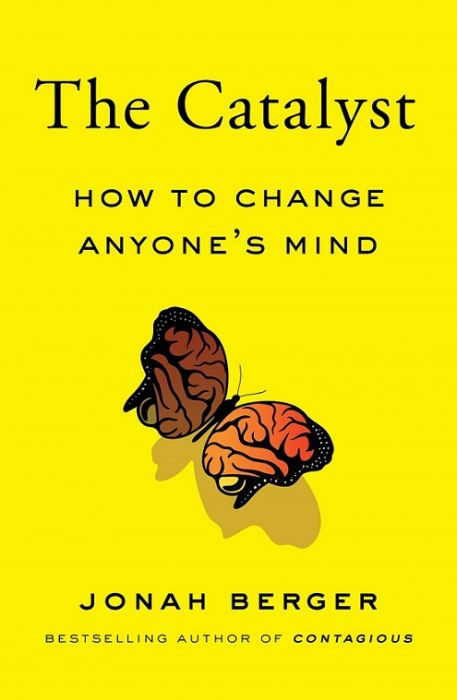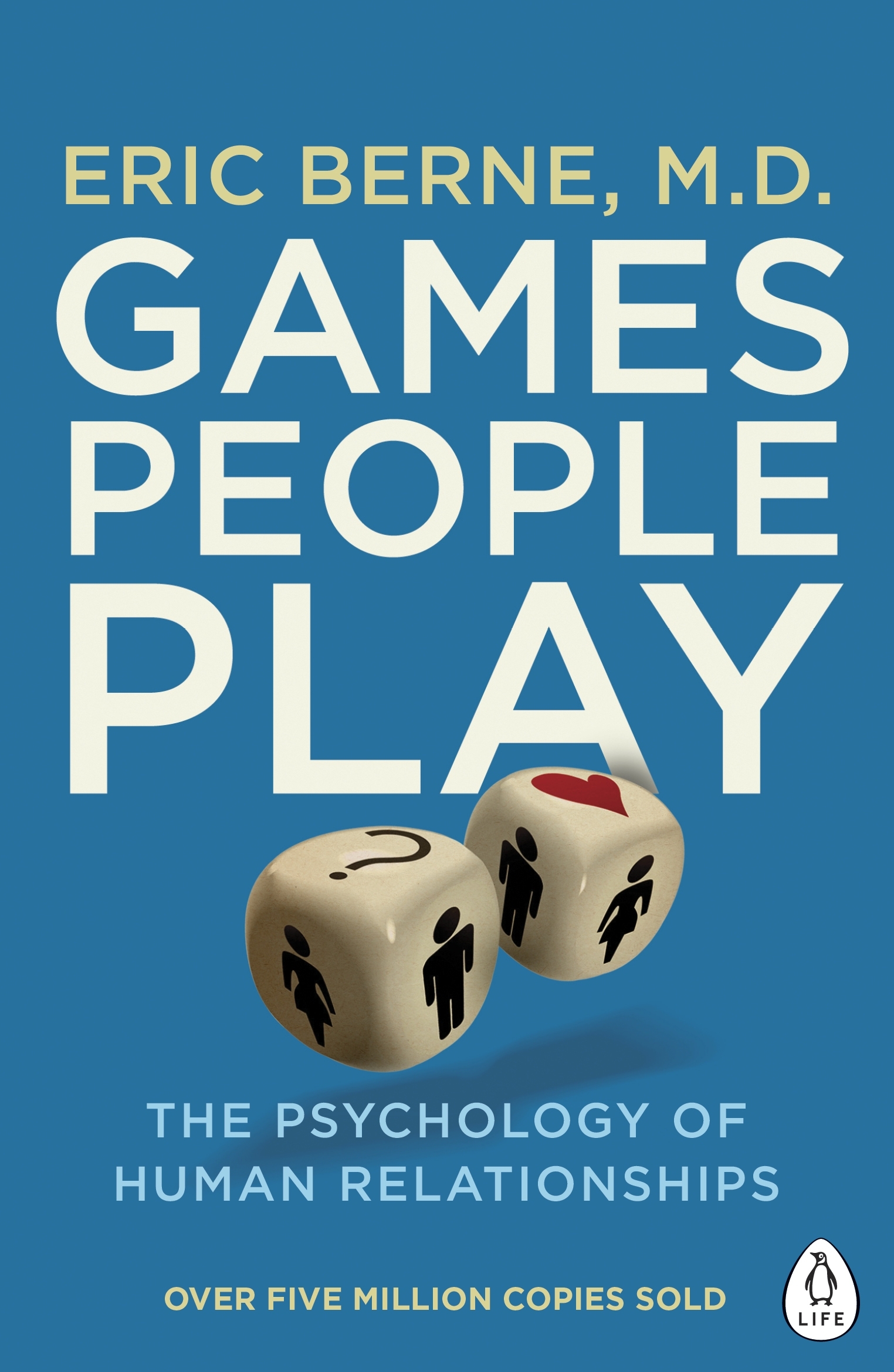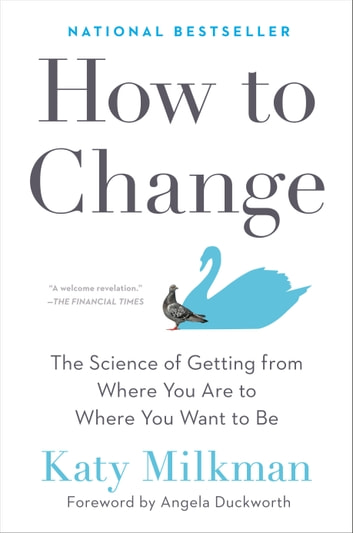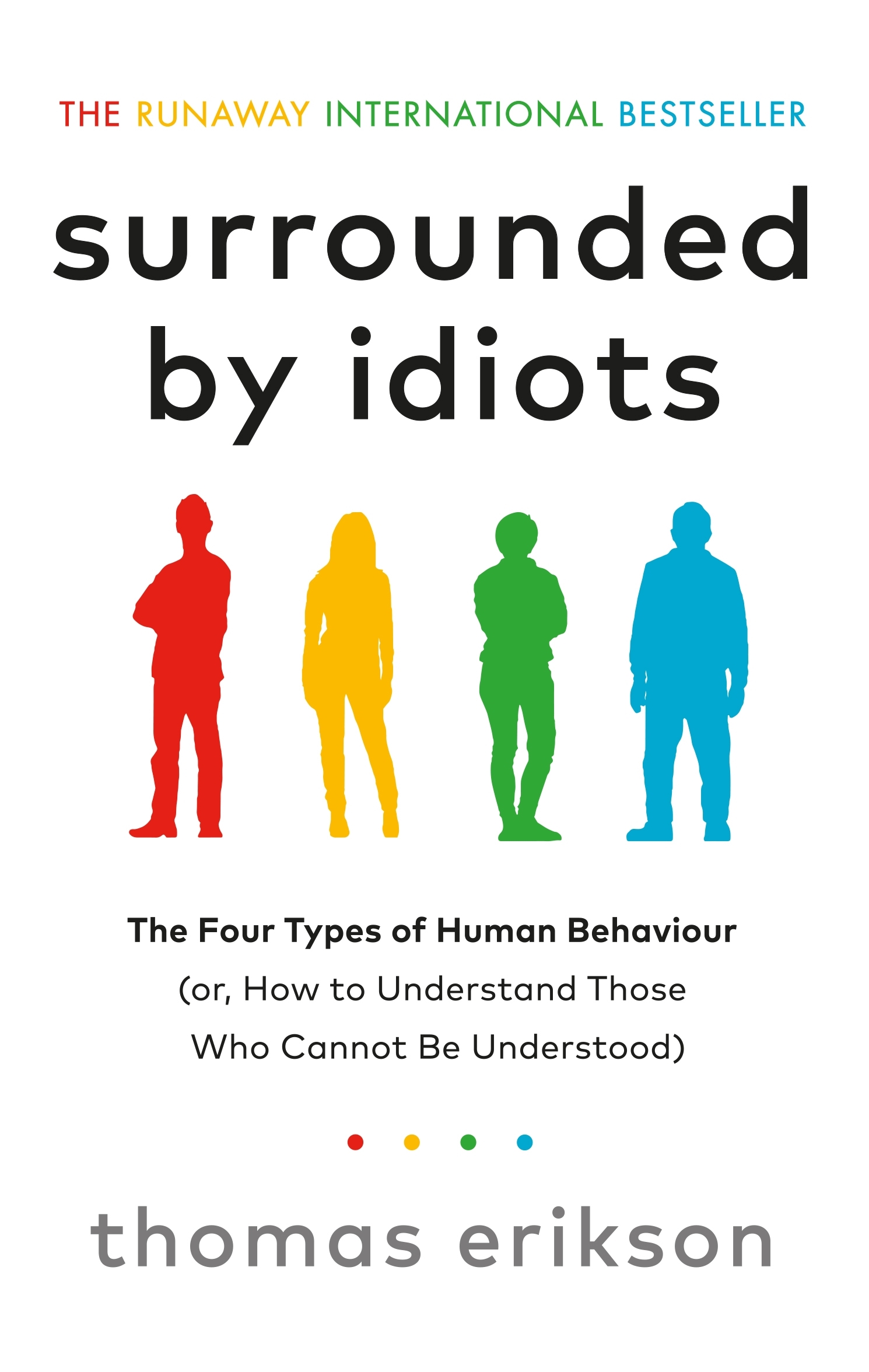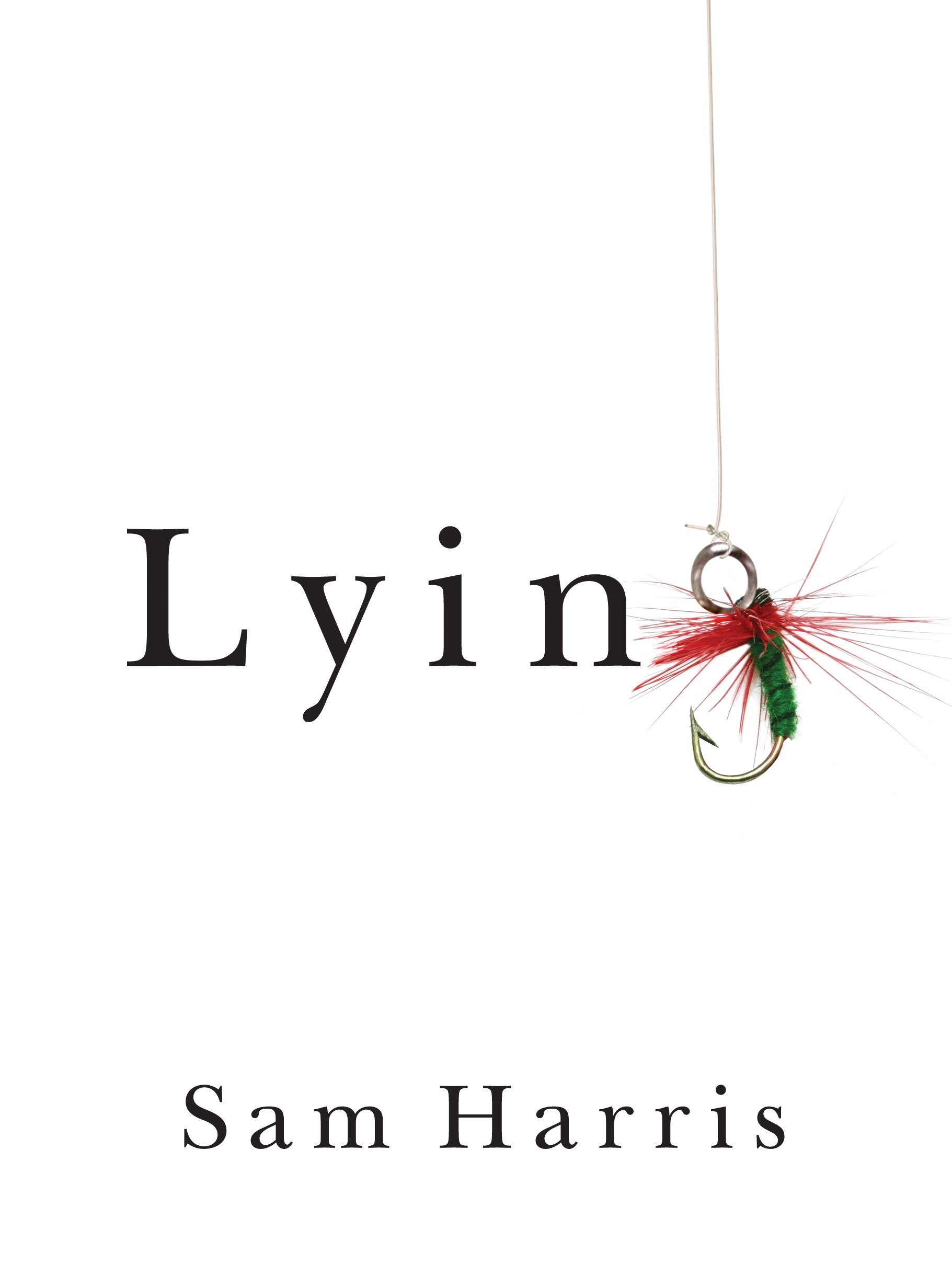The Power of Habit
by Charles Duhigg
- Behaviour
- Ashto =
- Jonesy =
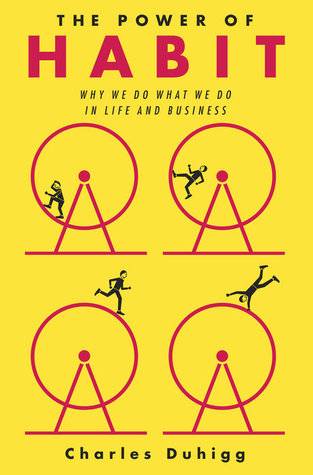
The Power of Habit – by Charles Duhigg
What do you do automatically?
When you woke up this morning, what did you do first? Did you hop in the shower, check your email, or grab a donut from the kitchen counter. Did you brush your teeth before or after you toweled off? Tie the left or right shoe first? What did you say to the kids on the way out the door? What route did you drive to work? When you got to your desk, did you deal with email, chat with a colleague, or jump into writing a memo? Salad or hamburger for lunch? When you got home, did you put your sneakers on for a run, or grab a beer and watch TV?
William James wrote in 1892: “All of our life so far as it has definite form, is but a mass of habits”. Most of the choices we make each day may feel like the products of well-considered decision making, but they’re not – they’re habits. Though each habit means very little on its own, over time, the meals we order, what we say to the kids each night, what we spend and the way we organise our thoughts have enormous impacts on our health, productivity, financial security and happiness.
The Power of Habit shows how MIT researchers started working on habits in 1990s – they were curious about a numb of neurological tissue known as the basal ganglia. If you picture the human brain as an onion, it is close to the scalp – generally recent edition from an evolutionary perspective. Researchers began wondering if this basal ganglia effected habits as well. They noticed that animals with injured basal ganglia suddenly had problems with tasks like learning to run through mazes and opening food containers. They put rats in mazes and tracked the brain. The probes in the rats heads showed that while each animal wandered through the maze, the brain and in particular basal ganglia worked furiously. Each time a rat sniffed the air the brain exploded with activity. It was processing information in the times it meandered.
The scientists studied how it changed after they ran through the maze hundreds of times, building habits. Slowly the rats stopped sniffing corners and making wrong turns. Instead they zipped through the maze faster and faster. Over time the mental activity in the brain decreased – as the route became ore and more automatic, it thought less. That internalisation – run straight – hang left, eat chocolate – relied on the basal ganglia. This tiny ancient neurological structure seemed to take over as the rat ran faster and its brain worked less and less. The basal ganglia was central to recalling patterns and acting on them. The basal ganglia was doing the work whilst the rest of the brain went to sleep.
The process in which the brain converts a sequence of actions into an automatic routine – is called chunking. Its at the route of how habits form. There are dozens if not hundreds of behavioural chunks we rely upon every day. Some are simple, you automatically put toothpaste on your toothbrush before brushing your teeth. Others are so complicated that it’s remarkable a small bit of tissue that evolved millions of years ago can turn them into habits at all.
You can understand The Power of Habit by understand how you back your car out of the driveway.When you first learned to drive, it required a major dose of concentration and for good reason. It involves opening the garage, unlocking the car door, adjusting the seat, inserting the key into the ignition, turning it clockwise, moving the rear-view and side mirrors and checking for obstacles, putting your foot on the brake, moving the gearshift into reverse, removing foot from brake, mentally estimating the distance between garage and street while keeping wheels aligned and monitoring for ongoing traffic, calculating how reflected images in the mirrors translate into actual distances… All whilst applying pressure to the pedal and brake. Most likely telling the passenger to stop fiddling with the radio. Millions perform this intricate manoeuvre every morning. Unthinkingly, because as soon as we pull out the car keys, our basal ganglia kicks in, identifying the habit we’ve stored in our brains related to backing an automobile in the street. Once the habit starts unfolding, our grey matter is free to quiet itself or chase thoughts, which is why we have enough mental capacity to realize that Jimmy left his lunch box inside.
Habits emerge because the brain is constantly looking for ways to save effort. Left to its own devices, the brain will try to make almost any routine a habit, because habits allow our minds to ramp down more often. This effort saving instinct is a huge advantage, an efficient brain requires less room, which makes for a smaller head, which makes childbirth easier and therefore causes fewer infant and mother deaths. The efficient brain also allows us to stop thinking constantly about basic behaviours such as walking and choosing what to eat, so we can devote mental energy to inventing spears, irrigation systems and eventually video games.
Conserving mental effort is tricky because if our brains power down at the wrong moment, we might miss something important, such as a predator in the bushes or a speeding car coming down the street. So our basal ganglia has devised a clever system to determine when to let habits take over. Its something that happens whenever a chunk of behaviour starts or ends.
Habits Aren’t Destiny
Habits can be ignored, changed or replaced. When a habit emerges, the brain stops fully participating in decision making. It stops working so hard, or diverts focus to other tasks. SO unless you deliberately fight a habit – unless you find new routines – the pattern will unfold automatically. However, simply understanding how habits work – learning the structure of the habit loop – makes them easier to control. Once you break habits into its components you can fiddle with the gears. For example, the scientists put the reward in other places for the rats, they extinguished the habit.
The problem is, the brain can’t tell the difference between bad and good habits and so if you have a bad one, it is always lurking there waiting for the right cues and rewards.
This explains why it’s so hard to create exercise habits, for instance, or change what we eat. Once we develop a routine for sitting on the couch rather than running, or snacking whenever we pass a doughnut box, those patterns always remain inside our heads. By the same rule, though if we learn to create new neurological routines that overpower those behaviours – if we take control of the habit loop – we can force those bad tendencies into the background.
The Habit Loop
Taking advantage of The Power of Habit follows a 3 step loop
- First there is a cue, a trigger that tells your brain to go into automatic mode and which habit to use
- Second there is the routine, which can be physical or mental or emotional
- Finally there is the reward, which helps your brain figure out of this particular loop is worth remembering for the future
Over time, this loop, cue routine reward, becomes more and more automatic. The cue and reward become intertwined until a powerful sense of anticipation and craving emerges.
Researchers have learned that cues can be almost anything. From a visual trigger such as a candy bar or a television commercial to a certain place, a time of day, an emotion, a sequence of thoughts or the company of particular people. Routines can be incredibly complex or fantastically simple (some habits, such as those related to emotions are measured in milliseconds). Rewards can range from food or drugs that cause physical sensations to emotional payoffs, such as feelings of pride that accompany praise or self congratulation.
In almost every experiment, researches have found habits are powerful but delicate. They can emerge outside of our consciousness, or can be deliberately designed. They often occur without permission, but can be reshaped by fiddling with their parts. They shape our lives far more than we realise.




